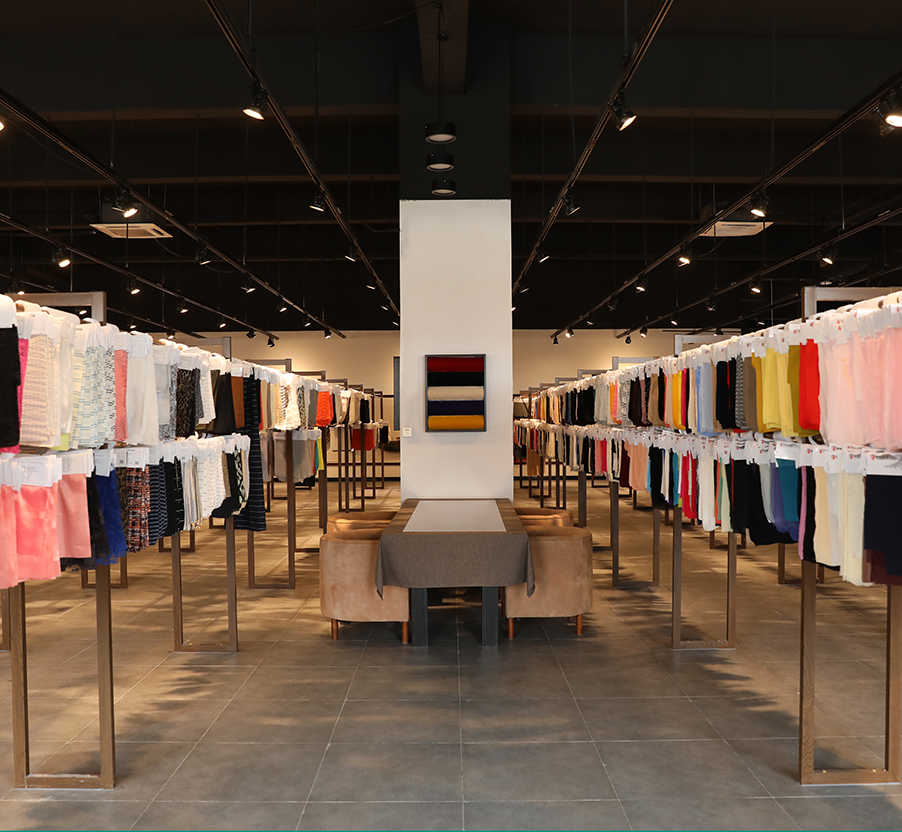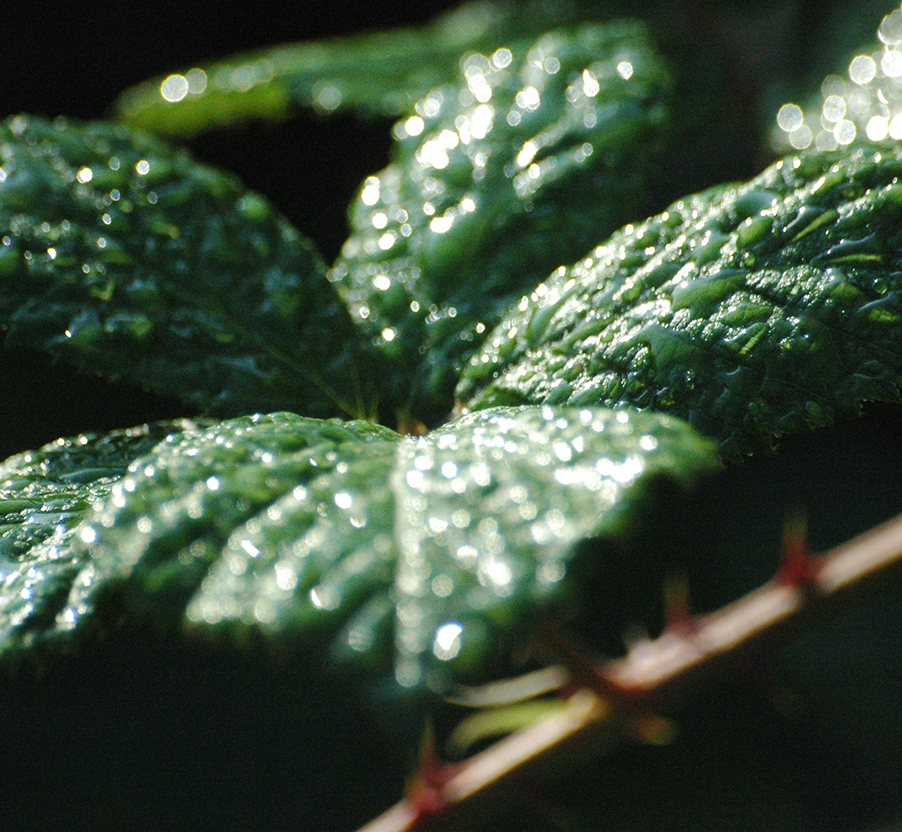Industry knowledge
The role of Tussah silk yarn
Tussah silk yarn, also known as wild silk yarn, is made from the cocoons of the Antheraea moth. It differs from regular silk yarn in that it is produced by wild moths that have not been domesticated, and the fibers are usually shorter and coarser than those of regular silk yarn. Here are some roles of Tussah silk yarn:
Sustainability: Tussah silk yarn is considered a sustainable alternative to regular silk yarn because it is produced from wild moths that have not been raised on farms. This means that the production process does not involve the use of chemicals or pesticides that can harm the environment.
Textural variety: Tussah silk yarn has a more textured and irregular surface than regular silk yarn, which gives it a unique and natural look. It can add depth and dimension to fabric or yarn projects, making it ideal for knitting, crocheting, or weaving.
Warmth: Tussah silk yarn is an excellent insulator, making it ideal for winter clothing and accessories. It can be blended with other natural fibers, such as wool or cashmere, to create warm and cozy garments and accessories.
Dyeing: Tussah silk yarn has a natural, earthy color that can be dyed in a wide range of colors. It takes dye very well, producing rich and vibrant shades that are perfect for creating colorful garments and accessories.
Environmental benefits: Tussah silk production can provide a source of income for rural communities in developing countries where the moths are found. It is a sustainable way of utilizing natural resources and provides an alternative to more environmentally harmful practices.
Overall, Tussah silk yarn offers a unique and sustainable option for creating beautiful, textured fabrics and yarns. Its natural texture, insulating properties, and versatility make it a popular choice for a wide range of textile projects.
The production steps of Tussah silk yarn
The production steps of Tussah silk yarn are similar to those of regular silk yarn but with some variations due to the unique characteristics of the Tussah silk fiber. Here are the general steps involved in the production of Tussah silk yarn:
Collecting the cocoons: Tussah silk is produced by wild moths that spin cocoons on trees and shrubs. The cocoons are collected from the forests and sorted according to their quality.
Removing the silk fiber: The cocoons are boiled to kill the pupae inside and soften the silk fibers. The fibers are then carefully unwound from the cocoons using a spindle or a machine.
Cleaning and carding: The Tussah silk fibers are washed and cleaned to remove any impurities. They are then carded to align the fibers and remove any remaining debris or tangles.
Spinning: The carded Tussah silk fibers are spun into yarn using a spinning wheel or a machine. The yarn can be spun in various thicknesses and can be plied to create a stronger yarn.
Dyeing: The Tussah silk yarn can be dyed using natural or synthetic dyes to achieve a wide range of colors.
Finishing: The Tussah silk yarn is finished by washing, steaming, or ironing to set the dye and improve the texture and appearance of the yarn.
Overall, the production of Tussah silk yarn is a labor-intensive process that requires careful handling of the delicate and irregular fibers. The resulting yarn is unique and versatile, with a natural texture and earthy color that make it a popular choice for a wide range of textile projects.


 中文简体
中文简体 Français
Français Deutsch
Deutsch italiano
italiano































